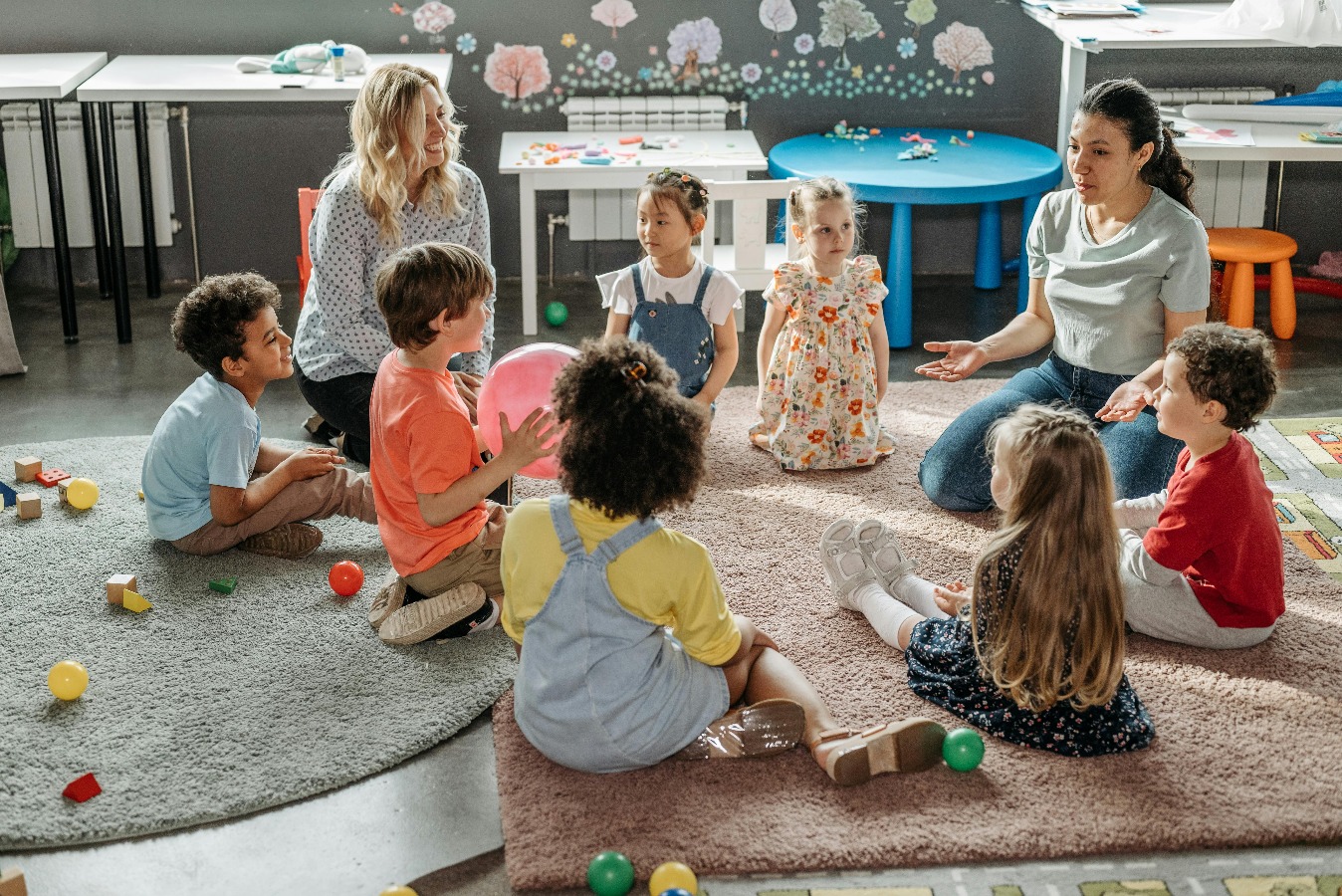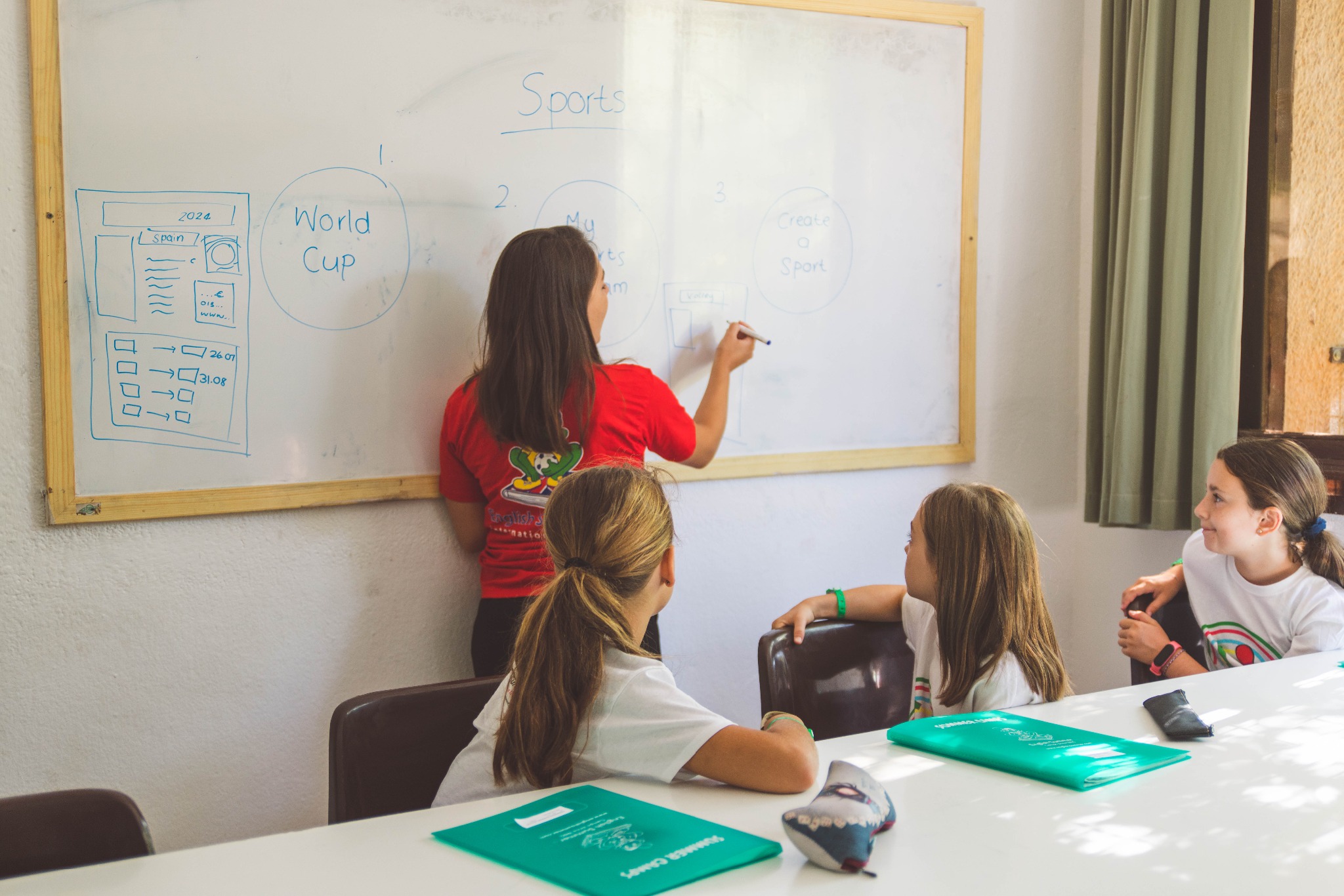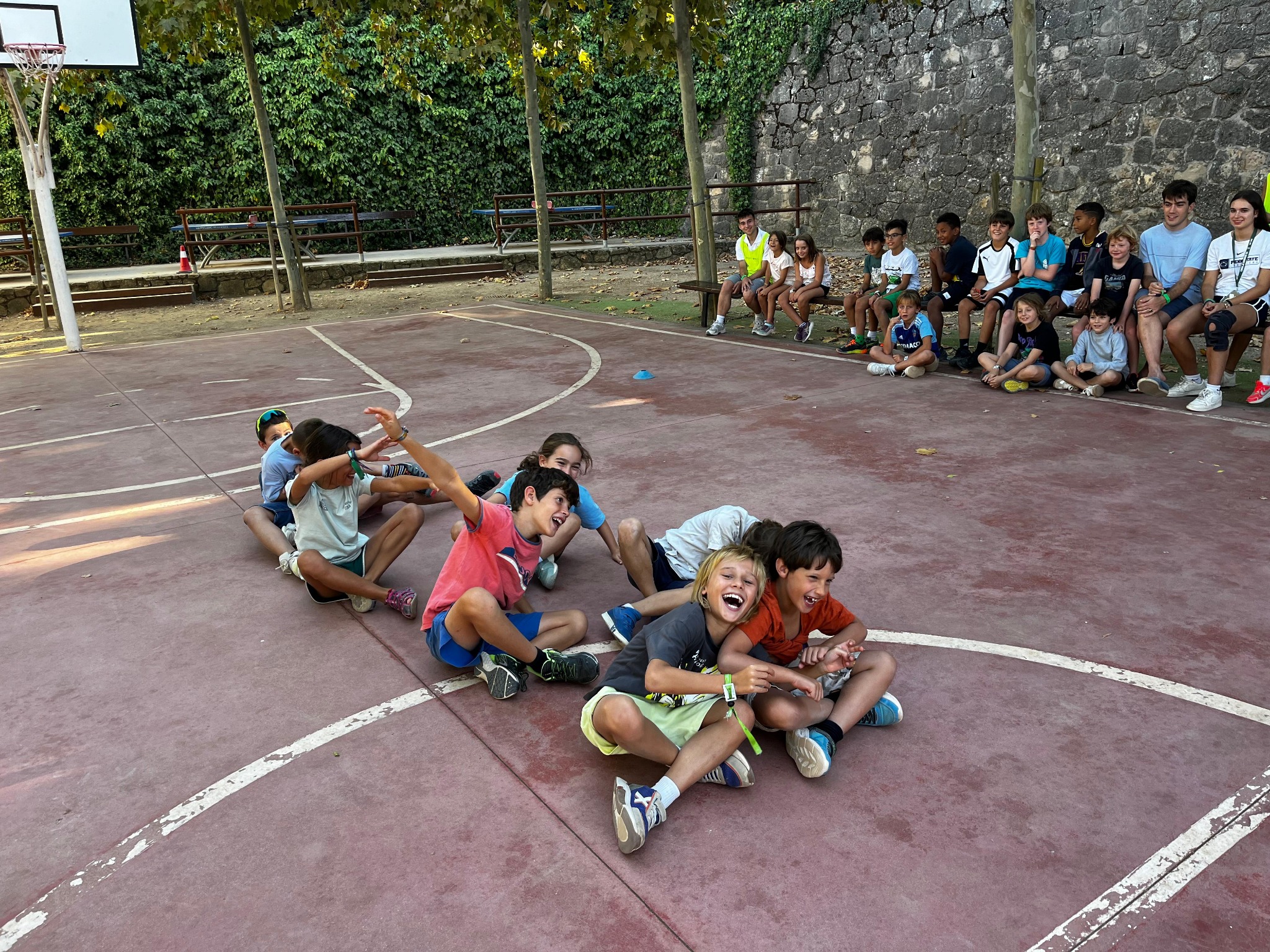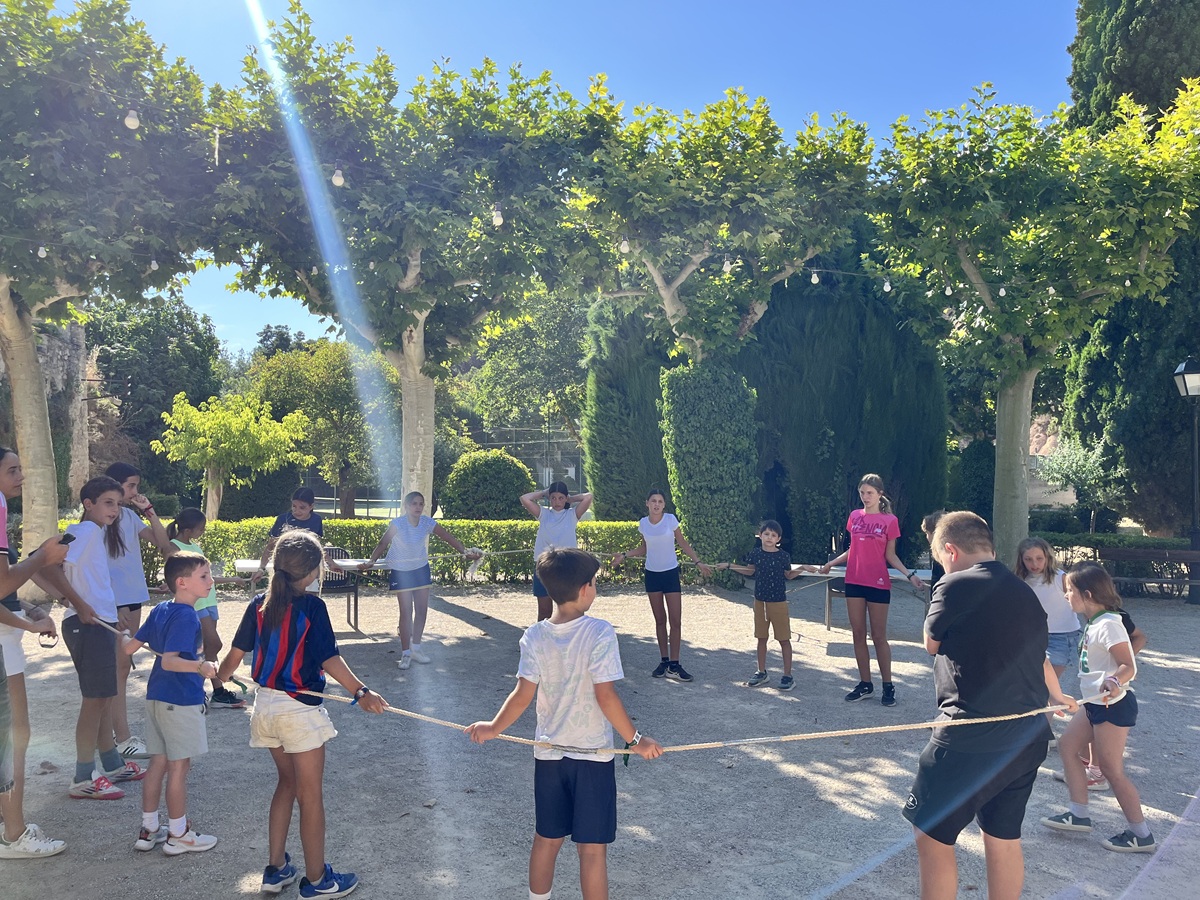Activities, routines, and age-based guidelines to learn English through play at home or in the classroom, with safety and measurable progress.

When a game is well designed, learning English by playing stops being just a fun idea and becomes an effective method. Movement, music, laughter and small challenges create the perfect environment to use the language without fear of making mistakes. In practice, playing reduces pressure, multiplies speaking attempts, and lets vocabulary emerge naturally. That’s why so many families and teachers look for ways to continue playing and learning English beyond the classroom.
This article brings together age‑appropriate activities and clear guidelines so anyone can learn English by playing with simple materials. The approach is flexible — indoors or outdoors, large or small groups — and relies on short, measurable routines. The goal is to keep interest high and see a small improvement each week; this consolidates the habit and helps learning English by playing both at home and at school.
Why “Learn English by Playing” Works and How to Apply It
The key lies in combining emotion + meaningful repetition. A game introduces a concrete goal (earn points, solve a mission, complete a sequence) and forces communication in order to reach it. That “language used to achieve something” is the best engine of fluency.
Motivation and Memory in Learning English by Playing
Motivation triggers attention, and attention boosts memory. In 10‑15 minute activities, the number of speaking turns is much higher than in purely expository tasks: turns are asked, instructions are given, questions are clarified. With that frequency, learning English by playing accelerates the consolidation of useful structures (imperatives, short questions, sequence markers).
Real Language Use: Learning English by Playing in Everyday Situations
When English appears in daily life contexts (asking, offering, describing, negotiating in teams), the brain retrieves expressions without needing to translate. For example, in a scavenger hunt you alternate orders (“turn left”, “go straight”), confirmations (“got it!”), and requests (“can you help me?”). That communicative spark is the core of learning English by playing.
Simple Guidelines to Start Today
● Suggested duration: 20‑30 min in primary school, 40‑60 min in secondary.
● Alternate high/low energy (moving ↔ sitting and speaking) to maintain attention.
● Make “useful phrases” visible on a poster.
● Close with 2 minutes of recap out loud.
These small routines align with the focus on learning English by playing, without turning the game into theory.

Games and Activities by Age Groups
Learning English with Music and Rhythm
Objective: pronunciation, chunks (set phrases), intonation.
Duration: 20‑30 min.
Difficulty: low (can scale by age).
Dynamics: brief vocal warm‑up, song with gestures, mini karaoke in teams.
Materials: speaker, playlist by levels, cards with key words.
Setting/season: ideally indoors; perfect for hot days or after lunch.
Practical detail: pick 3‑4 target expressions (“I like…”, “let’s…”, “can we…?”) and repeat them between songs. This way you learn English by playing without grammar explanation. Quick variant: “freeze song”: music + pause; whoever moves improvises a sentence using the word from the card.
Learning English Outdoors: Linguistic Gymkhanas
Objective: vocabulary for movement/orientation, instructions, teamwork.
Duration: 30‑45 min.
Difficulty: medium (scalable).
Dynamics: teams with map, numbered clues, short tasks (ordering pictures, miming actions, finding labelled objects).
Materials: cones/tape, laminated cards, simple maps, stopwatch.
Setting/season: parks, schoolyard or woods; spring/summer.
Subtle tip: rotate roles (reader, leader, validator) to distribute speaking turns. It reinforces the “learning English by playing” cycle if everyone participates. Quick variant: “orienteering express”: 10 minutes to find 5 labels with prepositions (“under/behind/next to”).
Learning English with Drama and Storytelling
Objective: fluency, expressiveness, communicative functions (asking, justifying, inviting).
Duration: 30‑40 min.
Difficulty: medium.
Dynamics: teams create mini scenes with role‑cards (chef, customer, guide, tourist) and situation cards (market, station, camp).
Materials: scarves, hats, everyday objects as props.
Setting/season: indoors; useful all year round.
Subtle tip: allow prompt cards with 3 key phrases to reduce embarrassment and help speech emerge. Here, even those who speak little learn English by playing.
Learning English with Sport and Cooperation
Objective: action verbs, imperatives, team spirit.
Duration: 25‑35 min in blocks of 8‑10 min per game.
Difficulty: low‑medium.
Dynamics: cooperative circuits, relay races with instructions, mini‑matches with simple rules.
Materials: soft balls, hoops, ropes, A4 boards for visible rules.
Setting/season: preferably outdoors.
Subtle tip: note expressions like “ready?”, “your turn”, “switch!” to trigger short turns; because to learn English by playing there must be spontaneity in those micro‑dialogues.
Learning English with Board Games and “Escape Room” Style Games
Objective: thematic vocabulary, description, closed questions.
Duration: 20‑30 min.
Difficulty: scalable.
Dynamics: category memory, simplified taboo, miming, storytelling dice; cooperative “escape” version with 4 linguistic puzzles.
Materials: cards, pictogram dice, timer, envelopes with clues.
Setting/season: indoors; go‑to resource on rainy days.
Subtle tip: have a “living dictionary” on the table (objects and verbs from the game). That visual reference supports learning English by playing without interrupting the game.
Simple Routines for Home and Classroom (Keep the Habit)
● The Minute Rule: a 60‑120 second micro‑game daily (rhyme, riddle, mime). You learn more English by playing consistently than by long sporadic sessions.
● Object of the Day: describe an object in 3 sentences (color, size, function).
● Sound List: two songs in original version; at end, repeat a verse and comment on it.
● VO Friday: movie/series in English with subtitles; each person summarizes their favorite scene in one sentence.
● Visible Useful Phrases: small poster with high frequency expressions (let’s…, can I…?, I think…).
These ideas keep you playing and learning English without a sense of “homework” and foster an environment where the whole family learns English by playing.
Tracking Progress (Without Exams)
● Oral participation: count spoken turns per session (increase by +1 each week).
● Comprehension: number of instructions understood without translation.
● Active vocabulary: words/expressions that appear spontaneously in free play.
● Confidence: willingness to explain rules, improvise or speak up.
A simple weekly record (✓/✗ or a 1‑3 scale) helps adjust games and confirms that learning English by playing works.

FAQ
From what age do these dynamics work? From 5‑6 years old with simple rules and visual support; between 10‑12 years one often sees a jump in fluency if the habit is maintained.
What about shyness? Cooperative games, mime and scenes with prompt cards encourage everyone to participate; little by little, each person learns English by playing at their own pace.
What if levels are very different? The same activity can be tiered: beginners produce words/gestures; intermediates, short sentences; advanced, mini explanations. That way you learn English by playing within the same game.
When do changes become noticeable? With 20‑30 minutes daily for 3‑4 weeks, improvements in comprehension and response speed become visible. Regularity matters more than duration.
The Game as a Natural Path to Language
A game creates real reasons to speak, listen, and repeat without feeling heavy. That is the heart of learning English by playing: communicating in order to achieve something fun. With dynamics, variety and small visible goals, motivation stays high, attempts multiply and language flows. Whoever integrates one or two routines every day — music, mini theatre, short label‑gymkhana — becomes accustomed to playing and learning English and, almost without realizing it, learns English by playing in a sustained way. If you feel like exploring more activities, adapt the proposals to your space, combine indoor and outdoor, and celebrate every small advance: it’s the best way to learn English by playing today, tomorrow and all through the school year.

If you want to go deeper and give continuity to this approach at home or during the summer, English Summer offers options for children and teens of all ages. Also, if you're seeking more ideas for children to learn English, take a look at this list of extracurricular activities for kids at the start of the school year, where dynamics and proposals are explained according to each child’s profile. And if you are already considering a hands‑on experience so the language flows naturally, here are the English summer camps with dates, immersion methodology and organizational details.


